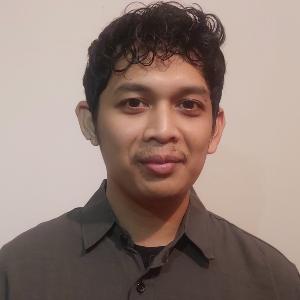Anang Sahroni
doctoral candidate
LMU
Postal address:
Theresienstr. 41
80333 Munich

I am interested in the long-term behavior of Earth’s geomagnetic field, especially in understanding how its polarity stability and secular variations evolve over geological timescales. My research focuses on characterizing the patterns and mechanisms behind transitions between superchrons—prolonged periods of stable polarity—and phases of frequent geomagnetic reversals, by using palaeomagnetic records as a window into the dynamics of the geodynamo.
My research focuses on understanding the behavior of Earth’s magnetic field during the end of the Cretaceous Normal Superchron (CNS, 84–121 Ma), an enigmatic ~40-million-year period during which geomagnetic field reversals ceased. Specifically, I aim to characterize palaeosecular variation (PSV)—the spatiotemporal variability of the geomagnetic field on centennial to millennial timescales—by estimating the dispersion of virtual geomagnetic poles (VGPs) from newly acquired palaeomagnetic data. These observations will help characterize the gradual or abrupt nature of the transition from the stable CNS to a reversing geodynamo regime, which may reflect either changes in thermal boundary conditions at the core-mantle interface or intrinsic non-linear dynamics of the geodynamo.
Link to the priority program SPP2404 DeepDyn.
I am a PhD student in Geophysics at Ludwig-Maximilians-Universität München (LMU) since 2024, focusing on paleomagnetic studies of Earth’s magnetic field behavior. Before starting my PhD, I obtained my master’s degree in Geophysics from Universitas Gadjah Mada (UGM), Indonesia, while also working as a computational software developer at the Geoseismal Research Center.